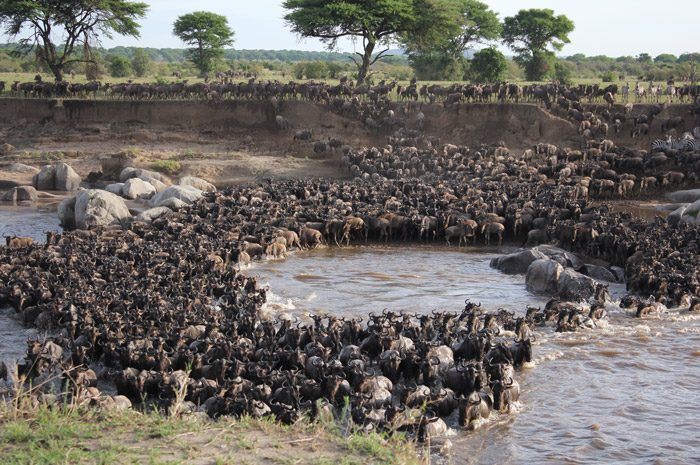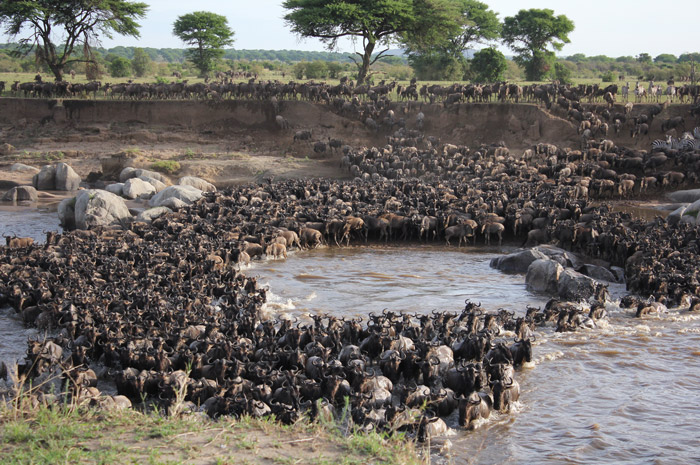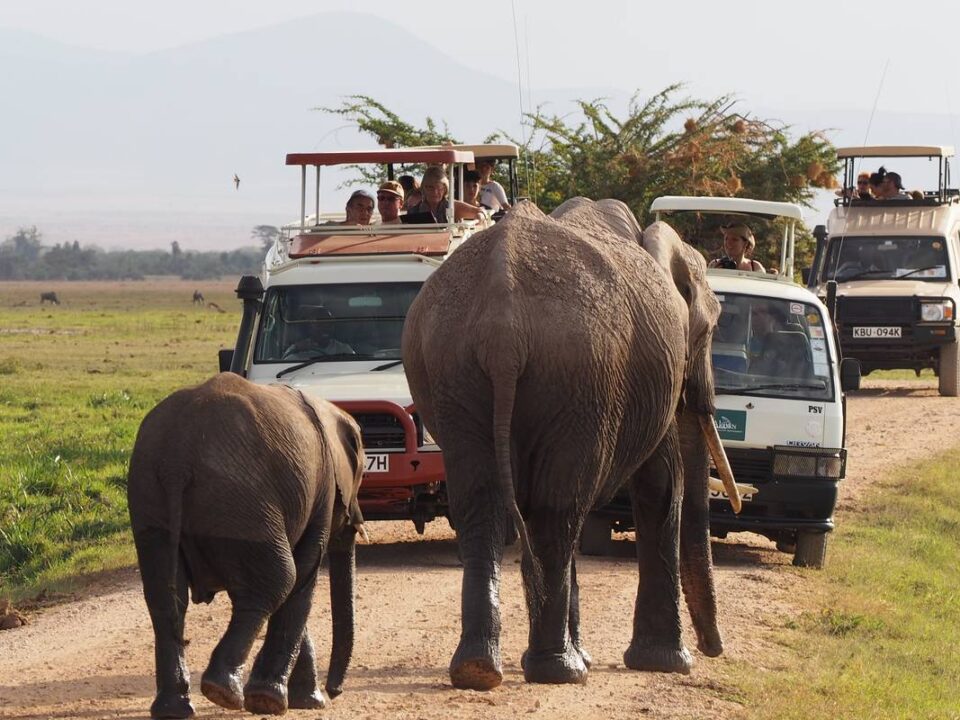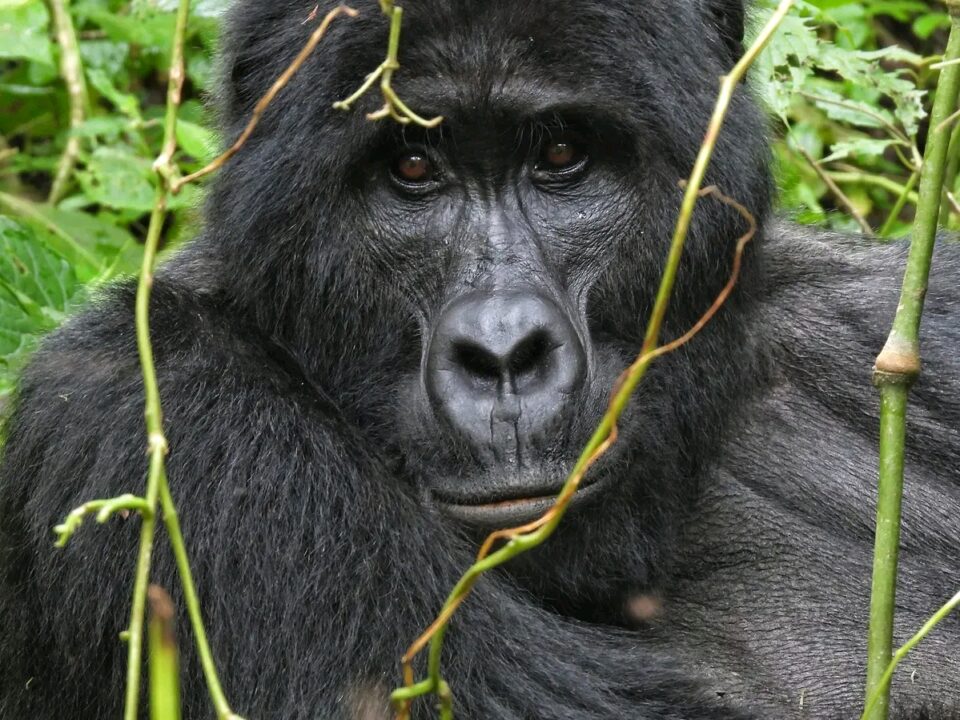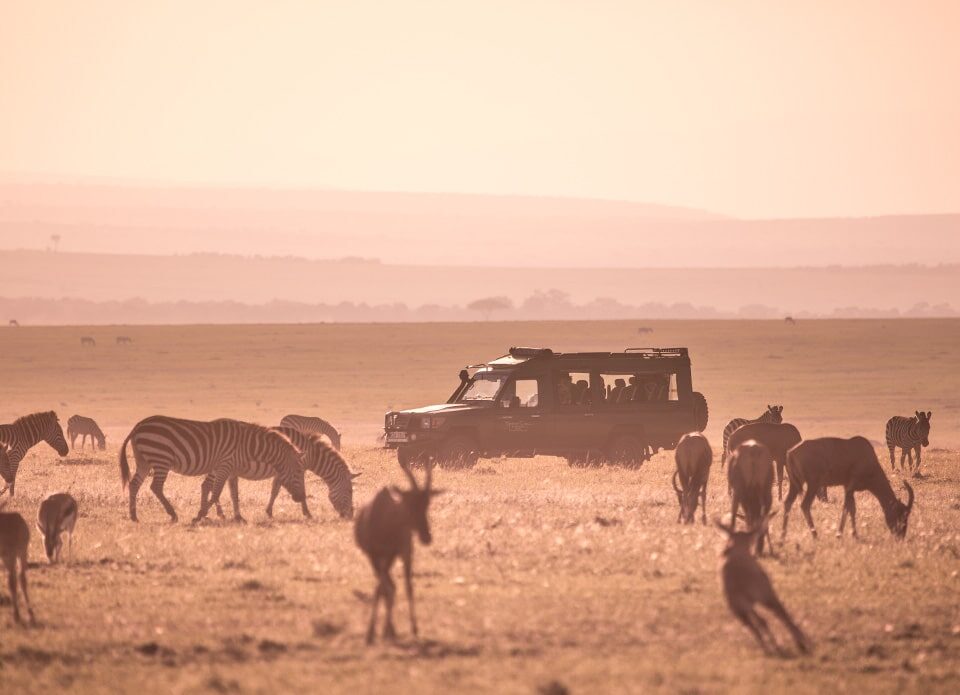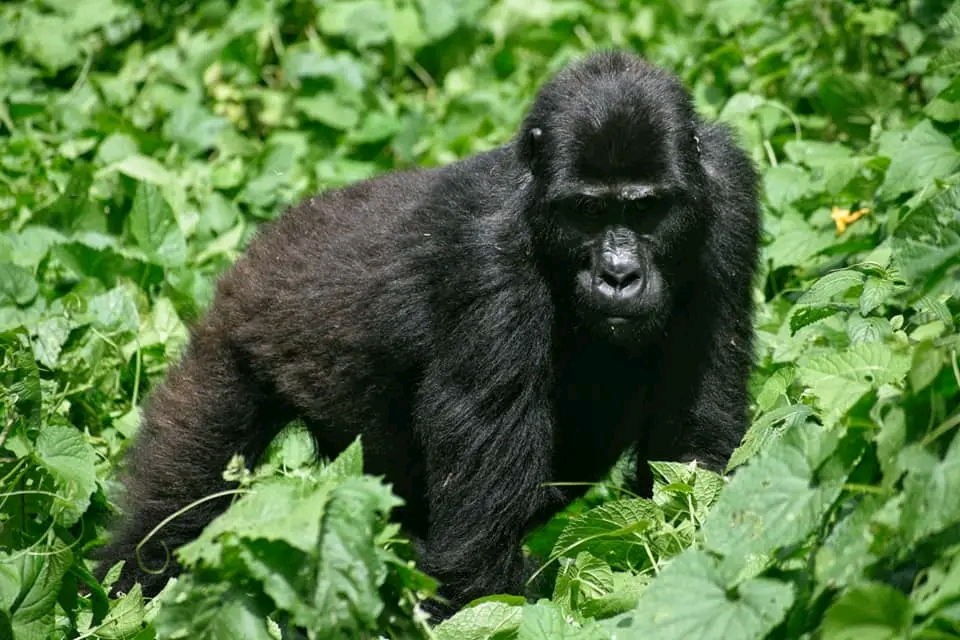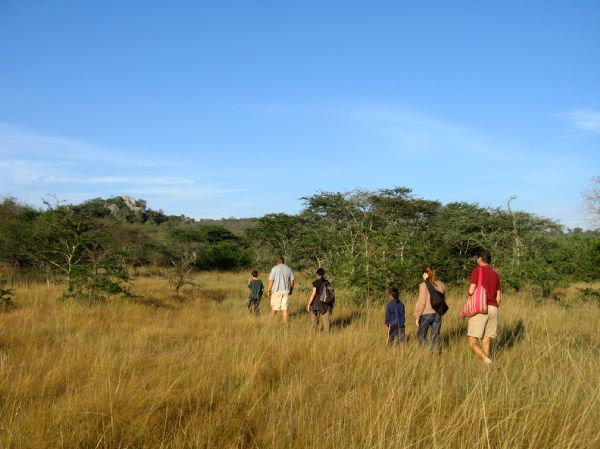
Nature walk safaris in Kenya
June 9, 2021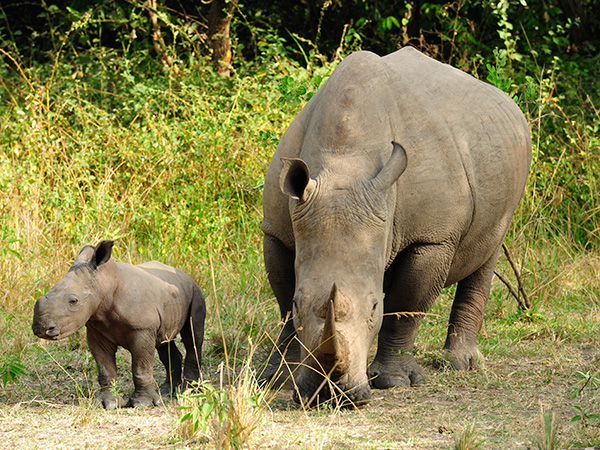
Ziwa Rhino Sanctuary reopened to tourists
June 15, 2021The Great Wildebeest Migration in Kenya & Tanzania – Top Africa Safari Packages
The Great Wildebeest Migration is one of the unaltered terrestrial mammal migrations and majorly one of the notable seven natural wonders in Africa. On a global scale, the great migration in the Serengeti National Park is the second-largest terrestrial mammal migration.
Serengeti National Park is located in the northern part of Tanzania, inclusive of the great protected area of approximately 30,000 km2 of land with several game reserves. Even though Serengeti National Park is home to a wide range of wildlife with the park harboring all the big five, with an estimated number of large mammals which amounts to over 70, over 500 bird species are found there.
The Great Wildebeest Migration
The Great Wildebeest Migration is an immense annual movement of giant herds of wildebeest, zegy7bras with many more grazers in great numbers of over two million that move through the Serengeti and the Masai Mara an experience that will blow your mind.
The Migration of grazers in the region is mainly a result of the presence of grass to graze on. This therefore influences the circular movement of mammals in which they move toward the much greener areas with more pastures to graze on.
However, the long journeys of over a hundred kilometers if fraught with danger since the mammals are exposed to predators such as lions, cheetahs, and crocodiles that hunt down the migrating mammals.
The Great Migration annual starts from the Ngorongoro Conservation Area in the southern part of the Serengeti National Park with great numbers of grazers moving while looping in the clockwise direction through the Serengeti National Park heading north to the Masai Mara Reserve in Kenya.
Despite the fact the Great Migration is annually and trips can be carried out at any time of the year, the Migration is also highly dependent on the rainfall and for best experience and viewing of the migration may necessitate one to be well equipped with the movement information.
Where to go for wildebeest sightings
Between July to October, the white beard wildebeest and the rest of the gravers are normally in the northern Serengeti Plains which offers a great opportunity to see over two million mammals crossing the Mara River which is regarded as the death-defying River a dramatic act that is considered by many tourists as the best time to see the migration.
Then Between December to March, the grazers are usually in the southern part of the Serengeti with the mammals concentrating mainly in the Ndutu area. Between this time is when there is calving. It is the best time to see the grazers congregating on the sweeping plains in the south in large numbers since it is the calving season.
However, during the rest of the year that is during November, April, May, and June, the time is referred to as the transition time and the movement occurs between places.
Though the travel world has been affected by the novel coronavirus, the great wildebeest migration continues and Acacia Safaris can help you have safe private, and well-customized Kenya safaris and Tanzania tours for a great experience of millions of wildlife.
These great wildebeest migration tours can also be customized with other East African tours including gorilla tracking in Uganda and Rwanda gorilla tours for great primate tracking encounters.
Some People Also Search for the Following Packages – Great Wildebeest Migration
3 Days Uganda gorilla safari to Bwindi
3-Day Murchison Falls Safari Uganda
3 Days Uganda Wildlife Safari to Queen Elizabeth
4 Days Uganda Wildlife Safari to Kidepo Valley
5 Days Gorilla Safari Uganda Tour
Tanzania Safaris Tour-Related Searches
- Tanzania Tourist Attractions Ideas
- Tanzania Budget Safaris
- Bird Watching Trips in Tanzania
- Chimpanzee Trekking in Tanzania
- Cultural Village Tour in Tanzania
- Africa Adventure Tours
- East Africa Safaris
Uganda Wildlife Safaris Related Searches
- Uganda Safaris Tour
- Uganda Gorilla Safari Packages
- Uganda Wildlife Safari Packages
- Uganda Birding Safari Packages
- Chimpanzee Trekking Safari Packages
- Long Uganda Gorilla Safaris
- Long Uganda Wildlife Safaris
- Short Uganda Gorilla Safari Tours
- Short Uganda Wildlife Safaris
- Uganda Wildlife Safaris
- 5 Days Best Gorilla Trekking Safaris Uganda
- 5 Days Best Uganda Wildlife Safaris Tour
- 6 Days Best Uganda Adventure Tour
- 7 Days Best Uganda Gorilla Trekking Safari
- 7 Days Uganda Primate Tour
- 8 Days Best Uganda Safari Itinerary
- 9 Days Best Uganda Tour Itinerary
- Africa Adventure Tours
- East Africa Safaris
- Uganda Safari


